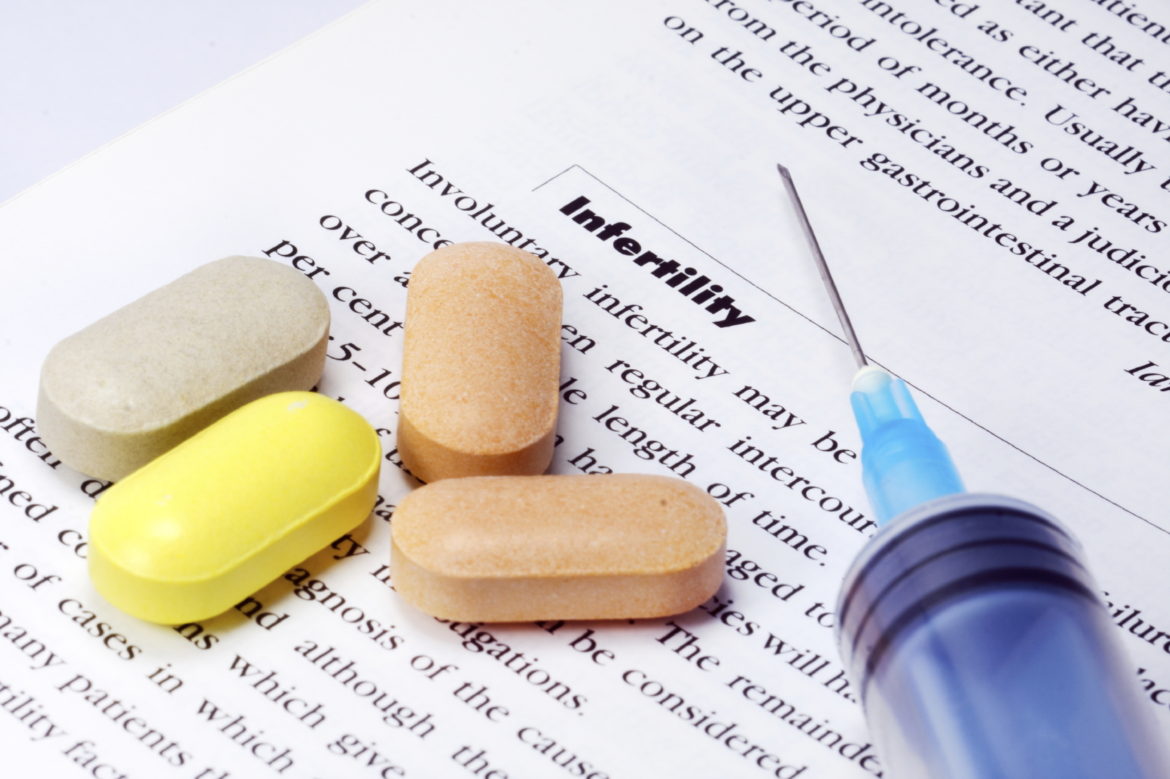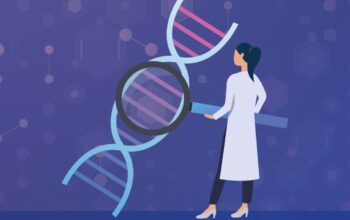The treatment of infertility depends on the causes and surrounding factors. Nowadays, there are many different options available to women that have difficulty getting pregnant despite actively trying for a year. Women over the age of 35 that have been trying to get pregnant for longer than six months may be infertile.
Conception and Pregnancy
Once every month a woman goes through ovulation. This is when one of the ovaries releases an egg. The egg then travels through the fallopian tubes to the uterus where it gets fertilized by a sperm cell. The fertilized egg then attaches to the lining of the uterus or cervix where it is maintained by the uterus. If there is no sperm cell to fertilize the egg, it gets expelled from the uterus during menstruation.
If a woman experiences a problem during this process, it can be a sign of infertility. Where the problem lies in the process determine the type of treatment that she will need. The most common cause of infertility lies with ovulation. Hormone problems or imbalances can cause conditions like polycystic ovary disorder. The risk for infertility can also be increased by factors such as obesity, unhealthy eating habits, and smoking. Excessive drinking and high levels of stress can also increase the risk for infertility.
Testing
Before a healthcare provider can start treatment, it is necessary to test where the problem is. These tests include
– ovulation testing,
– hysterosalpingography to determine the condition of the fallopian tubes and uterus,
– ovarian reserve testing to determine the quality and quantity of the eggs,
– hormone testing, and
– imaging tests to look for uterine and fallopian tube disease.
These tests will determine the treatment you may need to reverse your infertility.
Common Treatments
The most common treatments for infertility falls into two categories: conventional treatment and assisted reproductive technology.
Conventional Treatments
This process allows for fertility reversal by making use of conventional treatments alone or in combination with one another.
Fertility Drugs
Drugs that stimulate ovulation may sometimes be sufficient to help a woman get pregnant. Many women with ovulation disorders need no additional therapy other than this one. These drugs may, however, cause severe side-effects and it is important to consult with your healthcare provider beforehand.
Intrauterine Insemination
This is when a healthy sperm is placed inside a woman’s uterus. It is important that IUI should take place at the same time as ovulation to ensure effective conception.
Surgery to Restore Fertility
Hysteroscopic surgery may be necessary to remedy uterine complications. This treatment can be used in combination with other ones when infertility is caused by multiple factors.
Assisted Reproductive Technology
Assisted reproductive technology is when the sperm or egg cell is controlled. The most common ART treatment is in vitro fertilization. Other assisted reproductive technology treatments include intracytoplasmic sperm injection, assisted hatching, and making use of donor eggs.
Intracytoplasmic Sperm Injection
ICSI is when a single sperm cell is injected into the egg cell to ensure conception. Couples that have been unsuccessful with in vitro fertilization cycles often resort to ICSI. This can also be an effective treatment if the sperm cell quality of quantity is lacking. This treatment is, therefore, also a male infertility treatment.
Assisted Hatching
An embryo has to be attached to the lining of the uterus in order to survive. Assisted hatching is when the outer cover of the embryo is opened to make it possible for it to attach to the inner lining of the uterus. The embryo will then receive its biological supply through this opening and the pregnancy can continue.
Donor Eggs or Sperm
Sometimes the sperm or egg cell from the parents may not be available or have some other problem that makes conception risky or impossible. For example, a mother that has a family history of genetic diseases may choose to make use of a donated egg cell from a healthy and anonymous donor. These cells and their donors undergo strict testing and screening to ensure that they are healthy.











